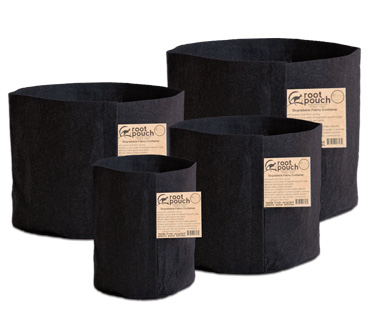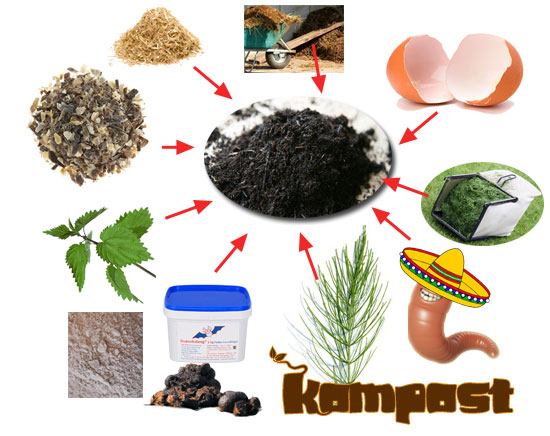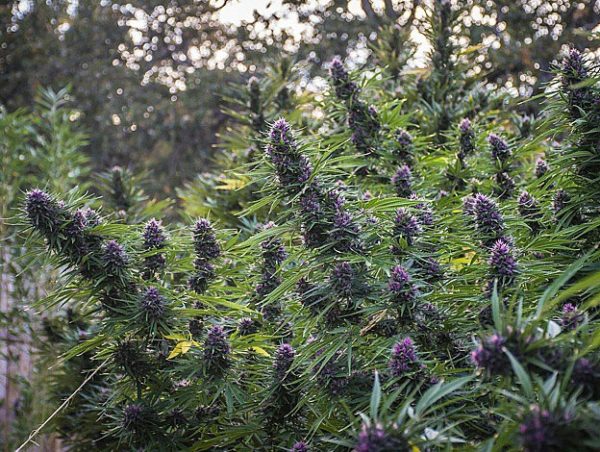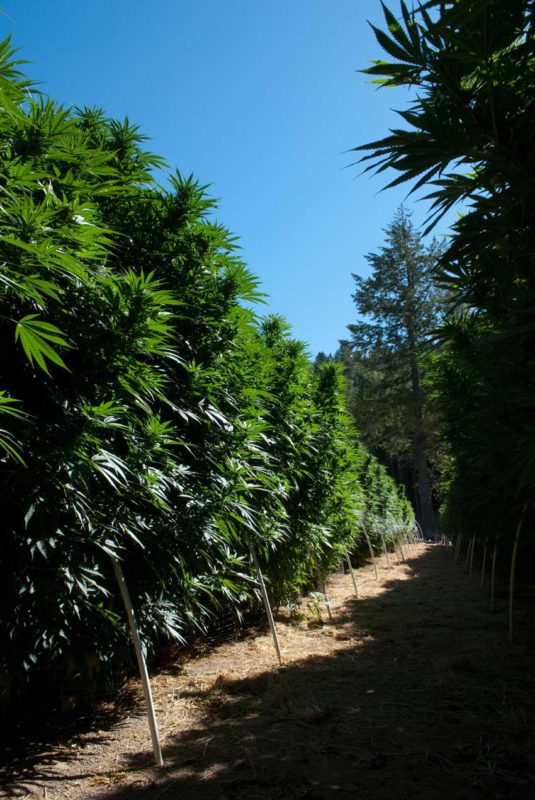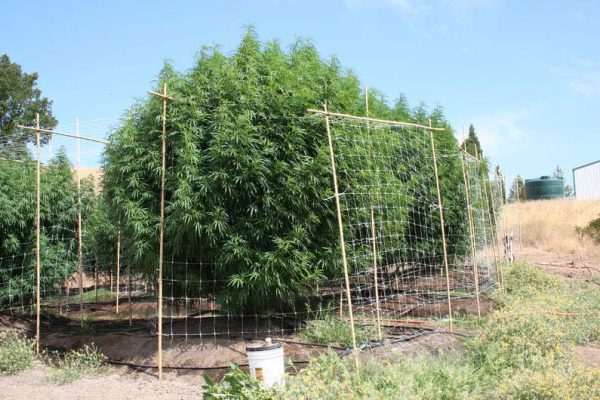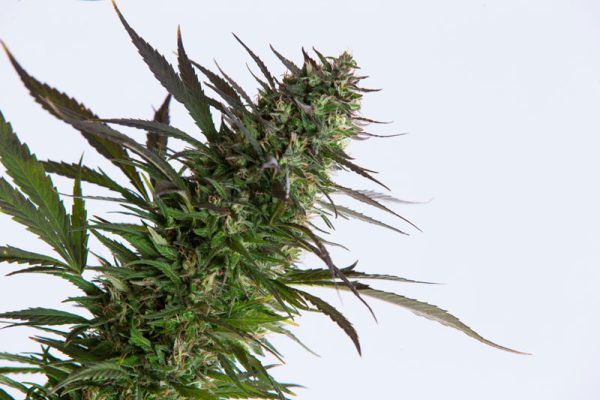Cannabis Cultivation Outdoor

Growing cannabis outdoors for recreational or medicinal purposes has been the most primal and natural form of cultivation for thousands of years. The cannabis plant has inherited a high resilience and adaptability from nature, so it can grow in many parts of the world. Professional breeders and seed banks have developed some excellent strains that also grow in the non-tropical, northern European climate zone.
Growing outdoors has many advantages: it is cheap and the light and ventilation is absolutely perfect, as it should be.
For all growers who cannot or do not want to grow at home (indoors) or in a greenhouse, outdoor cultivation is a very good and, above all, easy way to produce high-quality weed themselves. Cannabis grown outdoors can be of a very high quality and has wide-ranging and intense aromas.
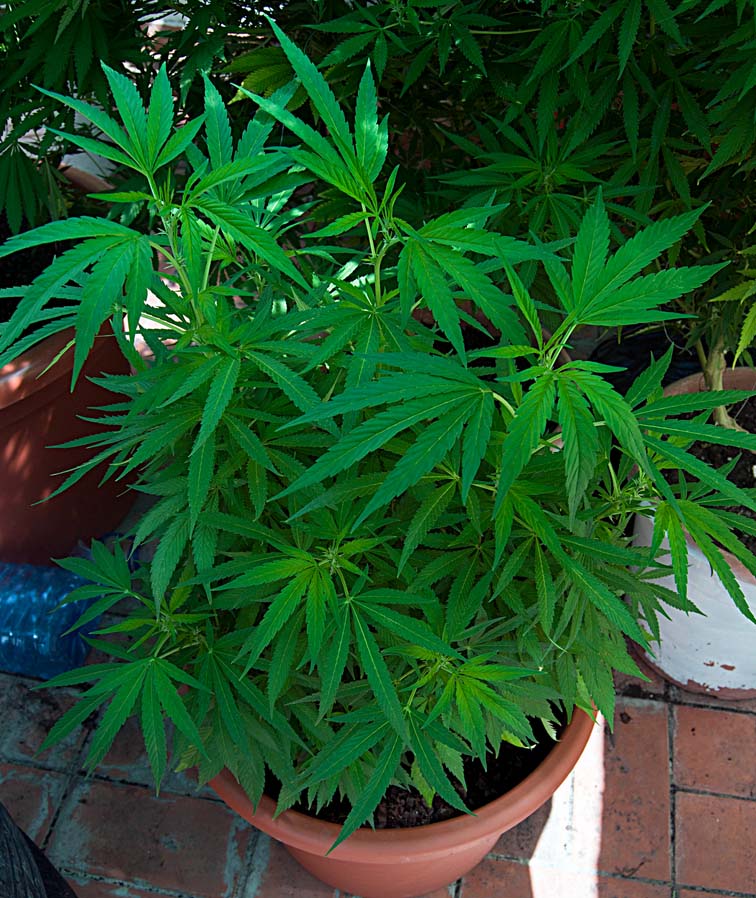
Outdoor growing is done in the northern hemisphere from April/May/June to October. Many outdoor growers choose to grow their plants indoors under artificial light first. This gives the plants a head start and they are already vigorous plants when they come outside, better able to resist outside influences. The pre-grown cannabis plants are best gradually acclimatised to outdoor temperatures until they are moved to their permanent location for the summer.
You can also grow the cannabis plants in their first weeks in a greenhouse until April (preferably with heating). A female plant will yield an average of 100-600g per plant outdoors depending on the strain, some strains can yield much more. But most strains will be somewhere in this range. The yield of an outdoor cannabis plant is highly dependent on the sowing time, its nutrition, sun exposure and other environmental factors.
With the heatable growing station, you can start pre-growing cannabis plants soon in spring and get them used to the outdoor environment.
In southern climates, basically all indoor and outdoor strains can be grown outdoors and give very good results. In northern latitudes, only the special outdoor varieties or autoflowering strains that have a short flowering time can be grown. Growing pure outdoor strains indoors is not recommended because they often tend to develop an enormous size.
One of the most important points in outdoor growing is the correct preparation of the future growing site.
The ideal cultivation site should have the following factors:
- Unrestricted sunlight for as many hours a day as possible
- Protection from too strong wind
- No light pollution during the night (e.g. from street lamps, advertising signs...)
- Protection from certain animals, possibly rabbit fence for protection
- Protection from unwanted attention
- Water source/stream/pond nearby for easier watering on hot days
Some outdoor growers purposefully plant thorny bushes with fast growth (e.g. bramble) for protection from voracious animals and as a privacy screen around their plants. In this way, an almost impenetrable barrier of shrubs can be created, perfectly hiding the cannabis plants behind them.
Fertilising for outdoor cultivation
Many outdoor growers use organic fertilisers and mix their own soil mixture. The natural soil we have in the wild is not always suitable for cannabis plants in all regions, so it is advisable to make your own soil mix and dig a planting hole in the ground where the plant will be placed. With organic soil mixtures, biological components such as horn shavings, blood meal, guano, bone meal, worm dung, humus, compost, rock meal, fish powder, Nutrihemp etc. are used to enrich the soil with nutrients, trace elements and microorganisms.
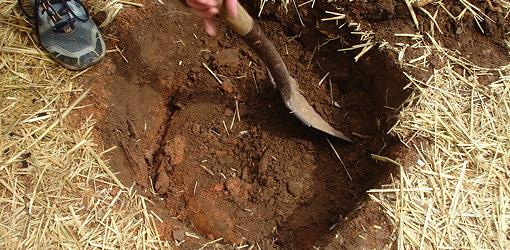
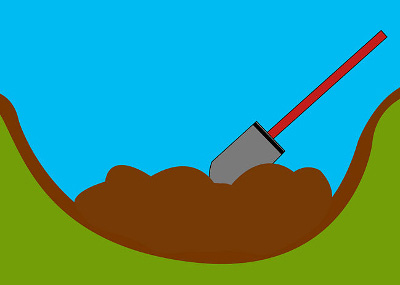
If cannabis plants are to be planted directly in the ground, the soil there should be dug up in good time (several weeks beforehand), loosened up and mixed with the organic additives so that everything can be well distributed and broken down before the plants are planted.
There are hundreds of recipes for organic soil mixtures. Over time, every organic grower of many years has been able to adapt his own recipe that he swears by. You can find more about this and a "soil recipe" here. here. Basically, the soil for the cannabis plant should be nutrient-rich, well aerated and water-permeable and have a pH value of 5.8 to 6.5. The exact pH value of the soil can be determined with a soil pH tester.
Cannabis plants planted in rich and suitable soil usually achieve 2-10 times the yield of plants planted in lean soil.
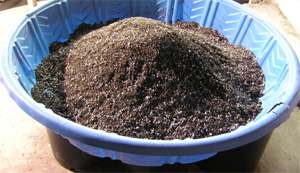
Outdoor Grow Planters
A good and much used option are "planting bags". They consist of an air-permeable, often felt- or fleece-like fabric, which ensures an optimal soil climate. These planting bags are called Root-Pouch or Tex-Pot, for example, and are available in all kinds of sizes, including huge ones for the monster plant in the garden. The good thing about them is that you can transport them even if the plant inside is already bigger. So if it becomes necessary to move the plants (due to light conditions or changes in the environment), this is no problem and easy to do. The textile plant sacks are also available in natural discreet colours and are thus well camouflaged. They are also convincing in the very large version because of their very affordable price compared to other planters in the size.
It is best to avoid black plastic pots because they and the root system in them can heat up too quickly and too strongly when exposed to sunlight, which in turn is not to the plants' liking and can even lead to damage in the root zone. In addition, the planters should not be placed on a surface that is too hot, e.g. a tin roof. White and light-coloured plastic planters are suitable for outdoor cultivation and are particularly useful if you want to have several small plants on the terrace or balcony.
If the cannabis plants are planted directly in the existing soil, they can develop very well and reach a stately size if the soil is optimal. The roots are not limited by a planter and the plants can thus reach their full size. The plants can immediately get all the valuable trace elements, microorganisms and nutrients from the soil.
In the Mediterranean climate, private and non-visible sun terraces are perfect for growing your own medicinal plants outdoors. It is important throughout the growing season to ensure that the plants always receive sufficient water and nutrients. On hot summer days, the soil can dry out quickly and the plants can be damaged and even die if there is not enough water supply. For larger outdoor medical plants, watering is often only possible with an irrigation system, because it is no longer possible to bring the large amounts of water so easily and bring it to the plant, so to speak. Smaller plants and/or a manageable number of plants can simply be watered with a watering can or with a simple drip system.
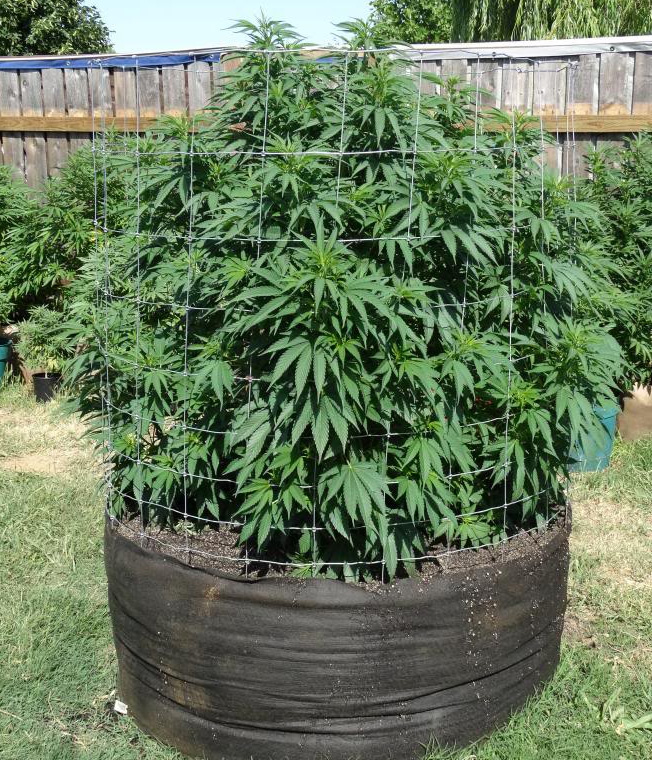
When growing in the wild (guerrilla growing), one should bear in mind that there is a high probability of some losses due to animals, passers-by or unfavourable environmental influences. This is a very normal circumstance and is part of the outdoor grower's risk, so to speak. Experienced growers therefore choose several locations and plant more plants in the first place to compensate for this and still get the desired amount of yield in the end.
If you want to grow very large cannabis plants outdoors, you should grow the corresponding varieties indoors in good time and then put them out soon, i.e. in April/May (when there is no longer any risk of frost at night). This will give the plants enough time to reach their full size. If you want to have smaller, compact plants, you should choose a later date for planting out (1 June).
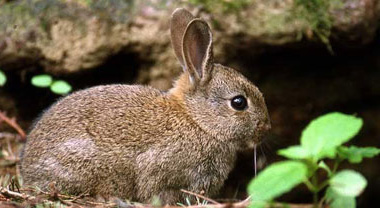 Many believe that spider mites are a really bad thing. In reality, the rabbit or wild hare is a much bigger problem. I personally think that the rabbit is one of the biggest enemies of cannabis, next to humans and pigs of course. All these enemies have one thing in common: they destroy plants in an incredibly short time. You can protect yourself from rabbits by using rabbit fences, although I myself have seen rabbits climbing into these cages to get at the juicy, fragrant leaves 😀 In some areas it's better with the rabbits, in others they really become a problem.
Many believe that spider mites are a really bad thing. In reality, the rabbit or wild hare is a much bigger problem. I personally think that the rabbit is one of the biggest enemies of cannabis, next to humans and pigs of course. All these enemies have one thing in common: they destroy plants in an incredibly short time. You can protect yourself from rabbits by using rabbit fences, although I myself have seen rabbits climbing into these cages to get at the juicy, fragrant leaves 😀 In some areas it's better with the rabbits, in others they really become a problem.
In the summer, when it gets hot, there is an increased risk for the plants that the soil dries out, resulting in yield losses and poor development or even death of the plant. Just as there must be no waterlogging in the root area outdoors, it is essential to prevent the roots from drying out. To do this, you can cover the soil around the plant with a layer of mulch and thus prevent water in the soil from evaporating too quickly.
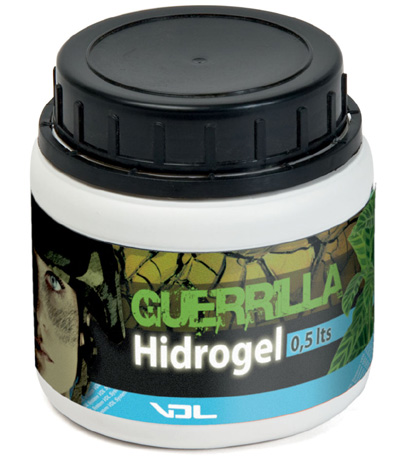 Polymer crystals are also a very good way to keep moisture in the soil longer and avoid drying out too quickly. Polymer crystals can expand 15 times their size when combined with water and store water. When added to the soil, they significantly extend the times between watering. Professional outdoor growers swear by these polymer crystals.
Polymer crystals are also a very good way to keep moisture in the soil longer and avoid drying out too quickly. Polymer crystals can expand 15 times their size when combined with water and store water. When added to the soil, they significantly extend the times between watering. Professional outdoor growers swear by these polymer crystals.
Polymer crystals protect against dehydration and damage to the roots
Important prerequisites for successful outdoor growing
- There should be a distance of 2m between the individual plants outdoors, so that the plants do not obstruct each other and take away light.
- Plants should be checked regularly for parasites and diseases. Outdoors, the most common pests are trips, aphids and spider mites. As a rule, these pests can be controlled very well with Neem pest control. You can find more on the subject of outdoor plant protection in here.
- Stealth & Discretion: Stay safe with your grow and make sure no one knows. Even if you are proud of your ladies, it is safer if only you know. Plants should be placed and hidden in nature and in their outdoor environment so that they are not seen by anyone. Plants in the garden or outdoors can give off an extremely intense and noticeable smell. You can plant honeysuckle on the patio or in the garden. It is the only plant that can mask the smell of marijuana. Honeysuckle smells so strong , especially on summer evenings, that it could make you dizzy.
We wish you an exciting, fruitful and also instructive outdoor season 2015.
Best regards
Your Juan 😉







